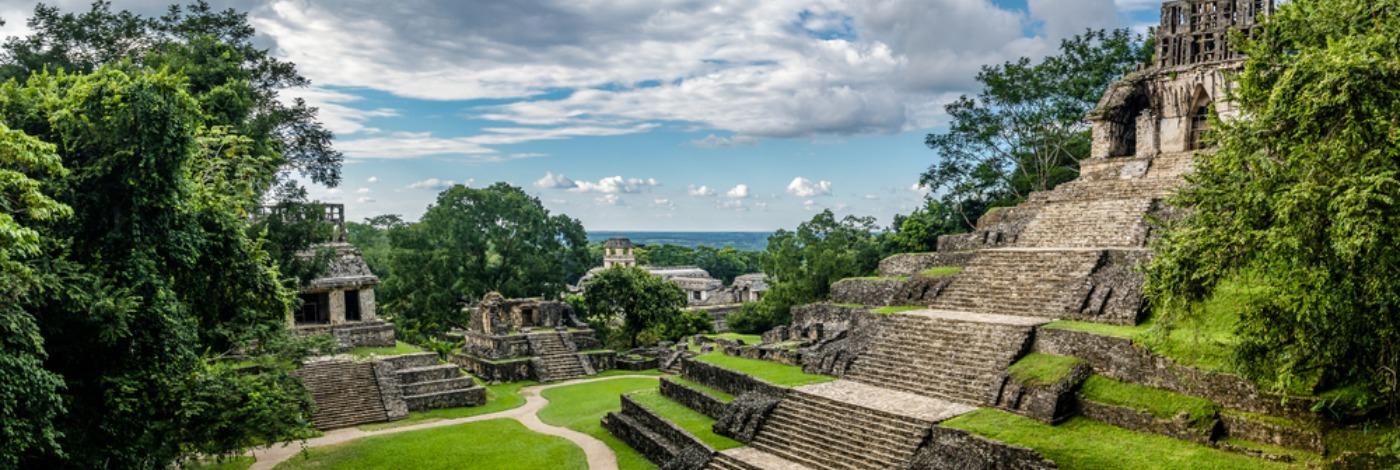
Mayan Palenque
Palenque was a significant Maya city that thrived between approximately 600 and 750 CE. It was situated in the foothills of the Chiapas altiplano in modern-day Mexico. Palenque is a Spanish word that means "fortified place," while Lakamha was the original Maya name, as we now know. The site, which is located where the coastal plains and highlands converge, flourished as an inland trading hub, enabling Palenque to rule a sizable area and forge advantageous alliances with other significant towns like Tikal, Pomoná, and Tortuguero. UNESCO has Palenque on its list of World Heritage Sites.
The first king of Palenque is K'uk' Bahlam I, who ruled from 431 to 435 CE. However, Pakal the Great, also known as Kinich Janaab Pacal I, who ruled from 615 CE until his death at the age of 80 in 683 CE, is the most well-known ruler. Over the course of four generations, the dynasty Pakal founded saw the city experience its greatest period of prosperity. Pakal's sons K'an Bahlam II (also known as Chan Bahlum; r. 684–702 CE), K'an Joy Chitam II (r. 702–720 CE), and grandson K'inich Ahkal Mo' Nahb III (r. 721–c. 736 CE) carried on his work and made Palenque one of the most important Maya cities.
Design and Architecture
Early, Middle, and Late Classic are three distinct time periods that can be used to categorize the city. The majority of Palenque's bigger structures date to the middle period, while the Late Classic saw the construction of terraced walls as a defense against inhabitants of the central Gulf Coast. Many of the limestone temple buildings are situated on hills because the city is built on three separate levels and follows the contours of the surrounding landscape. Palenque was one of the Maya cities with the densest population, with over 1,000 separate constructions. Eight minor rivers that originate in the mountains outside the city meander through it.
The most significant of these streams was Otulum, which was changed to follow an underground canal in certain sections and was redirected to supply water straight to the royal palace.
Palenque's architecture was avant-garde. Corbeled roofs were built for the first time in Mesoamerica, frequently in parallel, which increased interior space and increased structural stability thanks to the central supporting wall. A latticed roof-comb was added to many structures' sloping upper portions. Because Palenque's architecture makes use of thin walls and large doors, it stands apart. Buildings were constructed of the soft limestone native to the area, had wooden lintels, and were brightly painted inside and out with murals in red, blue, green, yellow, and white. Aside from its ornamental stucco sculptures, Palenque is renowned for its low-relief carvings, which feature some of the most realistic portraits in Maya art.
The Palace of Palenque
In contrast to other Maya settlements, Palenque's main attraction is a royal house rather than a temple. The palace is one of the most intricate architectural structures at any Maya site. It was probably first started by Pakal and underwent significant additions, like the tower, around 721 CE. The 91 x 73-meter building, which is perched on a 10-meter-high platform, is mostly made up of rooms grouped around interior courtyards and halls with vaulted ceilings. The square four-story tower, another characteristic not found at any other Mesoamerican monuments, is perhaps the palace's most distinctive feature. A stairway that curved around the inside walls was used to ascend the 25-meter tower.
The structure served as the royal house and court as well as housing for nobles, servants, and soldiers. A thermal room, two restrooms built above an underground stream, and different captive-related reliefs are further noteworthy elements. The palace was also lavishly ornamented with brightly colored stucco paintings that depicted images of Maya monarchs and nobility.
Jungle of Lacandona
The Lacandona Jungle is situated between the municipalities of Las Margaritas, Altamirano, Ocosingo, and Palenque, Chiapas in the state's eastern mountains. There are many wonderful tourist destinations inside the Lacandona Jungle, including Bonampak and Yaxchilán. A delightful night in a rustic cottage is also possible at ecotourism centers like Las Nubes and Las Guacamayas. Rafting, kayaking, and walking tours are just a few of the adventure activities you may partake in here.
Palenque, Mexico, is about 1.5 hours away and the trip is worthwhile. The paths have a great definition, and the scenery is simply stunning.
Museum of Lak Puj Kul
Visit one of its museums to learn more about the history and culture of Palenque, Chiapas. There are many colorful, uniquely Mexican-styled clothes to be found at this textile museum. "Our garment" is how the museum's Mayan name is translated. You may read more about the various uses of fabrics as well as how they are created, colored, and weaved here. The huipil, the "jorongo," the skirts, and the tunics are some of the town's most recognizable outfits.
Lagoons in Catazaj
Palenque in Mexico, Chiapas, is about 30 minutes away from this wonderland. Take a boat ride here to witness a variety of migratory and local birds. The manatee inhabits the 16,000 hectares of water that make up Catazajá. However, there is a wide range of flying species here if you prefer bird watching. However, the traditional boat tour is a must-do activity if you want to learn about the flora and fauna of this jungle region of Palenque, Mexico. To sum up, tourists can enjoy the local cuisine, which focuses on fish and shellfish, in the various eateries nearby.
Plaza del Artesano
Before departing Palenque in Mexico, Chiapas, you must stop here. Numerous regional crafts, including textiles and ceramics, are available here. It contains more than 98 artisanal locations where artists display their creations to domestic and international tourists under various categories. The majority of crafts are crafted by hand and are mostly Mayan in inspiration. In order to give skilled artists a place to display, develop, and sell their wares, the Chiapas government built this area in 2006.
Aluxes
The Aluxes Aluxes eco-park is the perfect location for anyone visiting Palenque in Mexico, in hopes of seeing a jaguar. There are countless things to do here, and it is a center for the preservation and rescue of the local fauna and flora. Everyone is sure to enjoy themselves at this Palenque, Chiapa's primary feature, which offers boat excursions, night tours, the opportunity to feed various animals, and even close encounters with enormous tortoises. Although it was built to help endangered creatures, this ecological park, which draws inspiration from Mayan culture, is also intended for visitors. In other words, its layout is ideal for environmental education and family leisure.
Waterfall near Misol Há
Visit Misol Há while you are near the Agua Azul Waterfalls. Although you can visit both locations on the same day, it is recommended to give each location its own entire day. Misol Há is a 45-meter-high waterfall that is 30 meters deep. There is a trail that offers breathtaking views from behind the waterfall. Additionally, they are situated in the state's north, two hours' drive from Palenque, Chiapas. If you want to get in touch with nature close to the major town, this is a must-see site. This cool spot is situated amidst a densely vegetated region in the high tropical jungle of the Chiapas Sierra.
Check out our most popular Mexico packages from here!
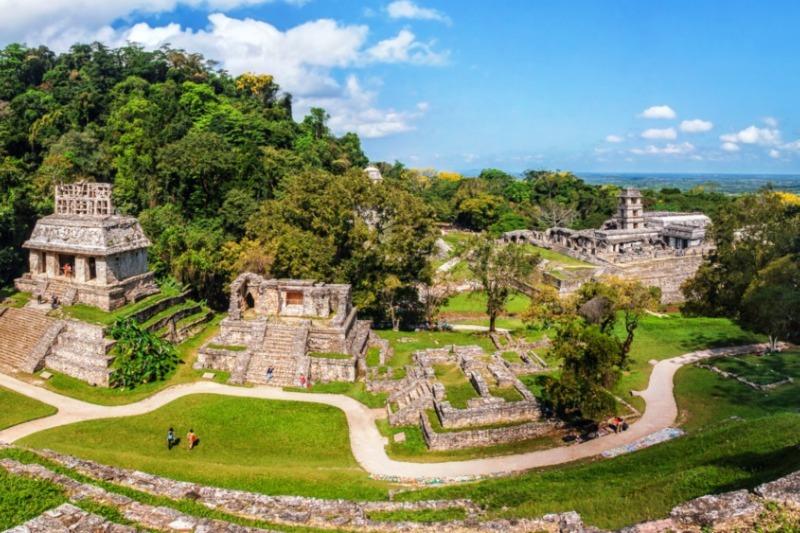
Tips
Don't Rush Plan to spend the entire day exploring the Palenque ruins. The major segment may be quickly completed in two hours, but the entire area is huge and intriguing enough to warrant four to five hours. Nothing compares to taking it all in when sitting on a still temple top.
Take a backpack. Pack your backpack with the supplies you'll need for a long day in the tropical heat, including plenty of water, snacks, and a raincoat. The Palenque Ruins are incredibly humid!
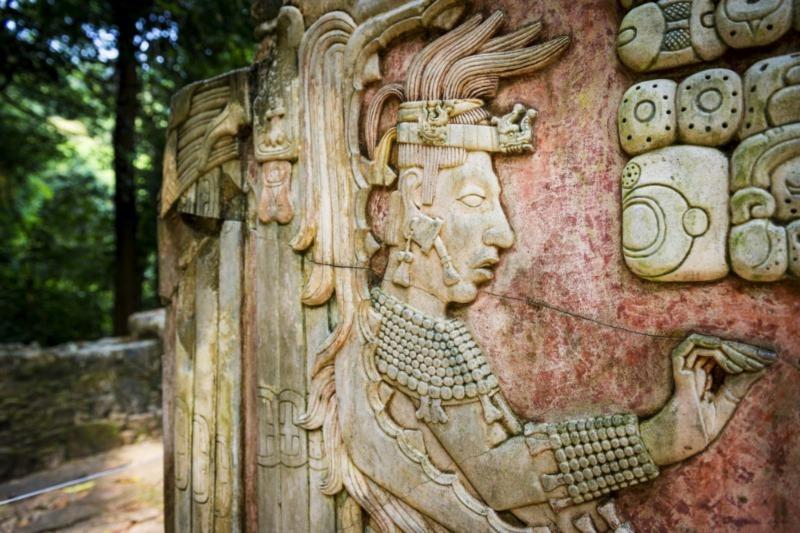
What Time of Year Is Best to Visit?
Any time of year is suitable for visiting the Palenque ruins in terms of the weather. It's hot all year round because it's in the rainforest. From June to October, there is more rain, but it typically falls in short bursts, followed by the typical scorching heat that dries everything up.
It's better to avoid visiting the Palenque ruins during the busiest tourism season, as is the case with other tourist locations in Mexico. Late July to early August and late December to early January are the busiest travel seasons, with Christmas and New Year's Day being the busiest days of the year. Semana Santa (Holy Week), the week before Easter, should also be avoided because it is a popular period for Mexicans to travel. There are more people than normal at the Palenque Ruins at that time. Additionally, it might be crowded on Sundays because entry to the Palenque ruins is free for Mexican citizens and non-residents.
Discover the best Mexico Packages from here!
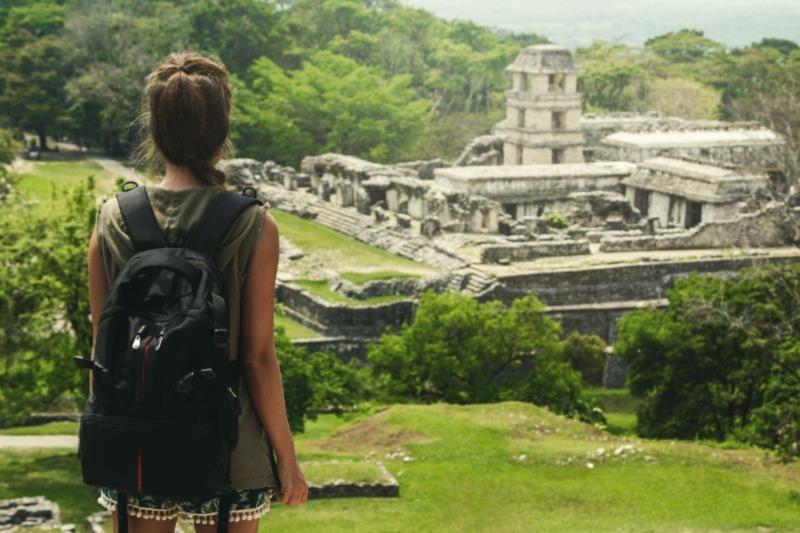
related tours

Mexico Wonders
8 Days / 7 Nights
From
$ 1320
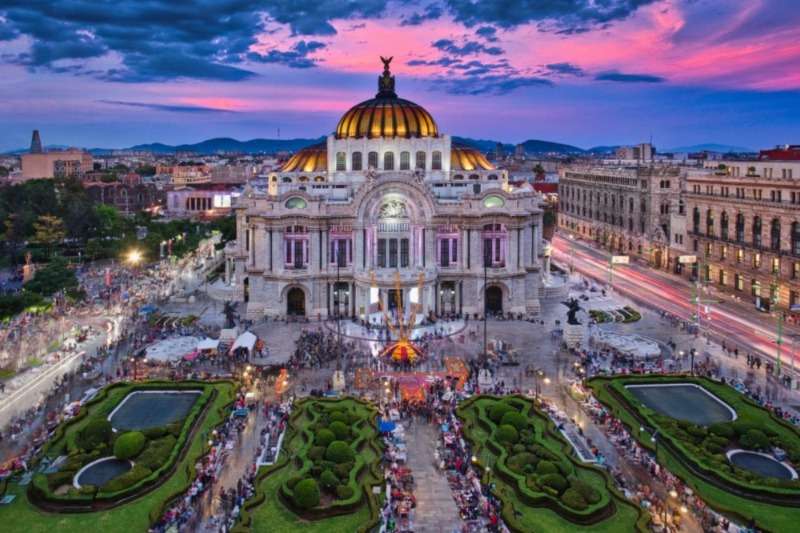
11-Day Vacation in Mexico
11 Days / 10 Nights
From
$ 2889
